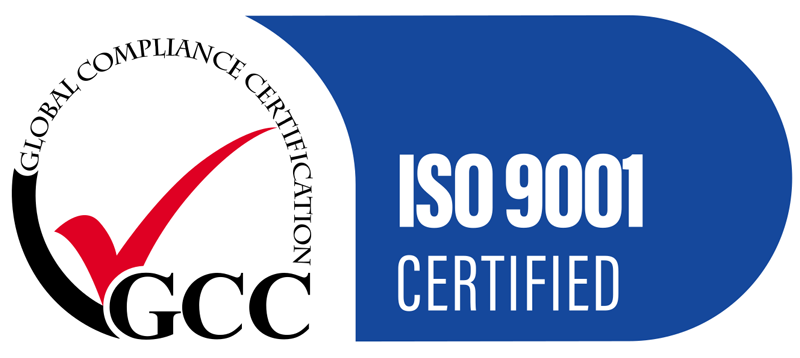Clad steel plate is the answer to, well, almost any problem that designers face when working in demanding industries like construction and chemical processing.
Need a more corrosive-resistant steel? Need a metal that’s strong and costs less to produce? If the problem or specification is unique, you’ll find a clad plate solution that combines the best of two metals to create a far superior material. But, before we get into the benefits of using clad plate, let’s start with a clear definition.
What is clad steel plate?
Clad steel plate is classified as a composite steel and is produced by bonding two or more metals together. Typical clad materials onto steel plate include stainless steel, nickel, copper, high nickel alloys and copper nickel alloys. Cladding lets you combine the properties of each metal to produce a better, higher performing product.
Examples of clad plate applications include:
- Tank and pressure vessel fabrication
- Head plates
- Industrial scrubbers
- Chemical transportation and processing
- Desalination plant
Benefits for industry
Clad materials offer immense benefit to the heavy industry and chemical processing. Depending on the combination of the clad material, cladding can produce superior strength at a lighter weight and lower cost. It can also create excellent thermal and electric conductivity or corrosion resistance. As such, clad plate is often used in extremely abrasive conditions in mining, earthmoving, processing and pumping situations, as well as paper, pulp and food processing.
Clad plate is not only incredible durable, it offers immense fabrication benefits. Clad plate can be cut and formed, including plasma cutting, drawing, bending and hot forming, however it is incredibly difficult to punch, drill or machine.
How is it produced?
As briefly mentioned above, clad plate is produced by bonding two or more metals together into a single steel sheet or plate. Depending on specific requirements, various cladding or backing materials such as a specialty metal, like copper or stainless steel, can be roll or fusion bonded to a base metal, such as carbon steel or low alloy steel, to produce a metallurgically-bonded clad.
While there are different processes, perhaps the most common is roll bonding. To produce roll bonded clad plate, the two joining surfaces are first cleaned and placed in contact. The plate edges are then welded to prevent movement and air ingress during the hot rolling stage. After cutting to finish size, the clad plate is then cleaned to produce a relatively bright surface.
Looking for steel plate? ShapeCUT has the largest range in stock now
ShapeCUT is one of Brisbane’s leading steel profile cutting and metal processing companies. With 5000+ tonnes of steel plates in stock at any one time, 10 modern cutting machines, we cut steel with precision, reliability and speed.
Contact ShapeCUT today for a fast, competitive quote or to find out more about the different grade steel.
Contact Us To Find Out More
We ensure a fast, exact and economical steel solution for our clients. Call our team today to discuss your steel cutting and metal processing requirements.
Get Our Newsletter
Contact details
121 Mica Street, Carole Park,
QLD, 4300, AUSTRALIA
Freecall: 1800 SHAPECUT (1800 742 732)
Telephone: (07) 3271 5600
Facsimile: (07) 3271 5454
Email: sales@shapecut.com.au
Accredited Profile Cutting

Profile Cutting
Metal Processing Services
©2025 ShapeCut | Website design Brisbane by iFactory | Privacy Policy | Search | Sitemap



